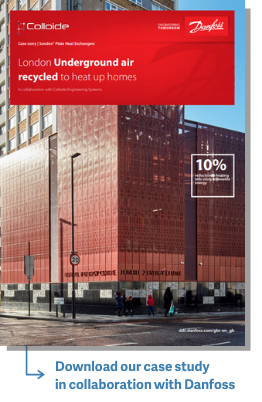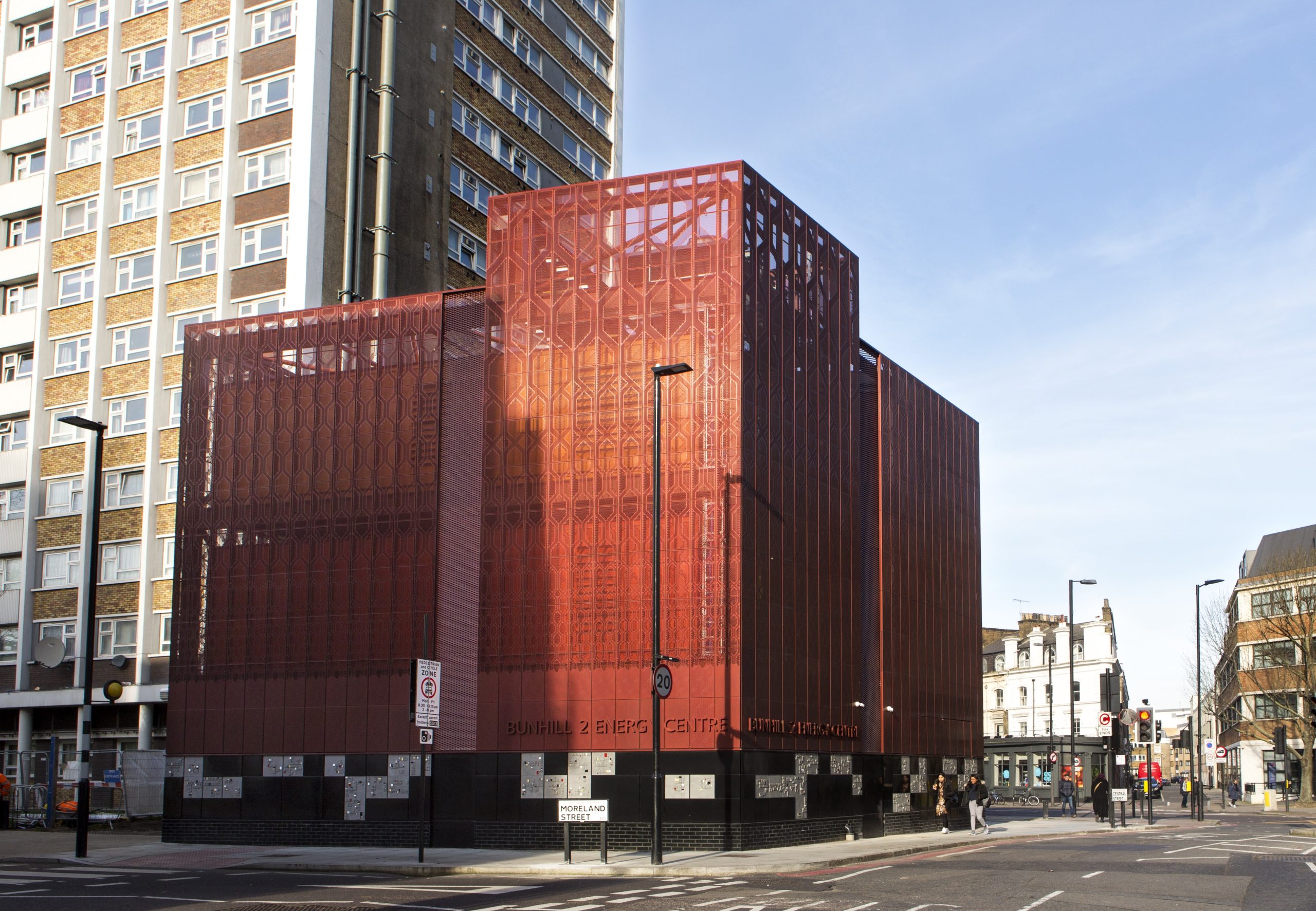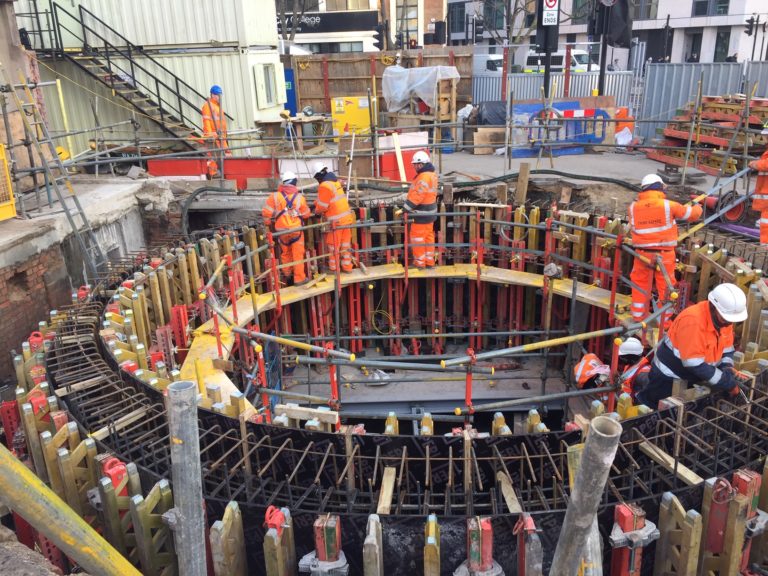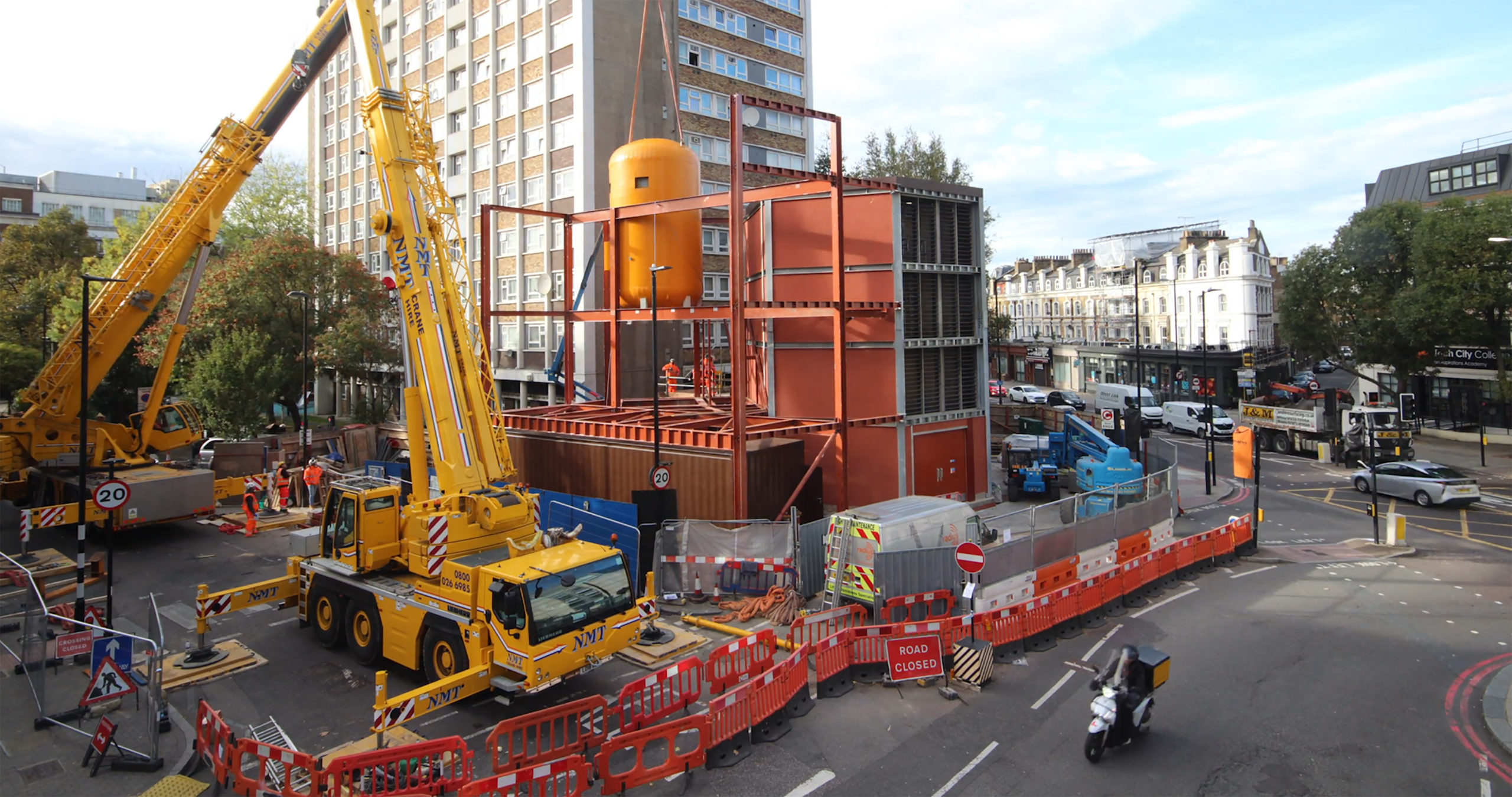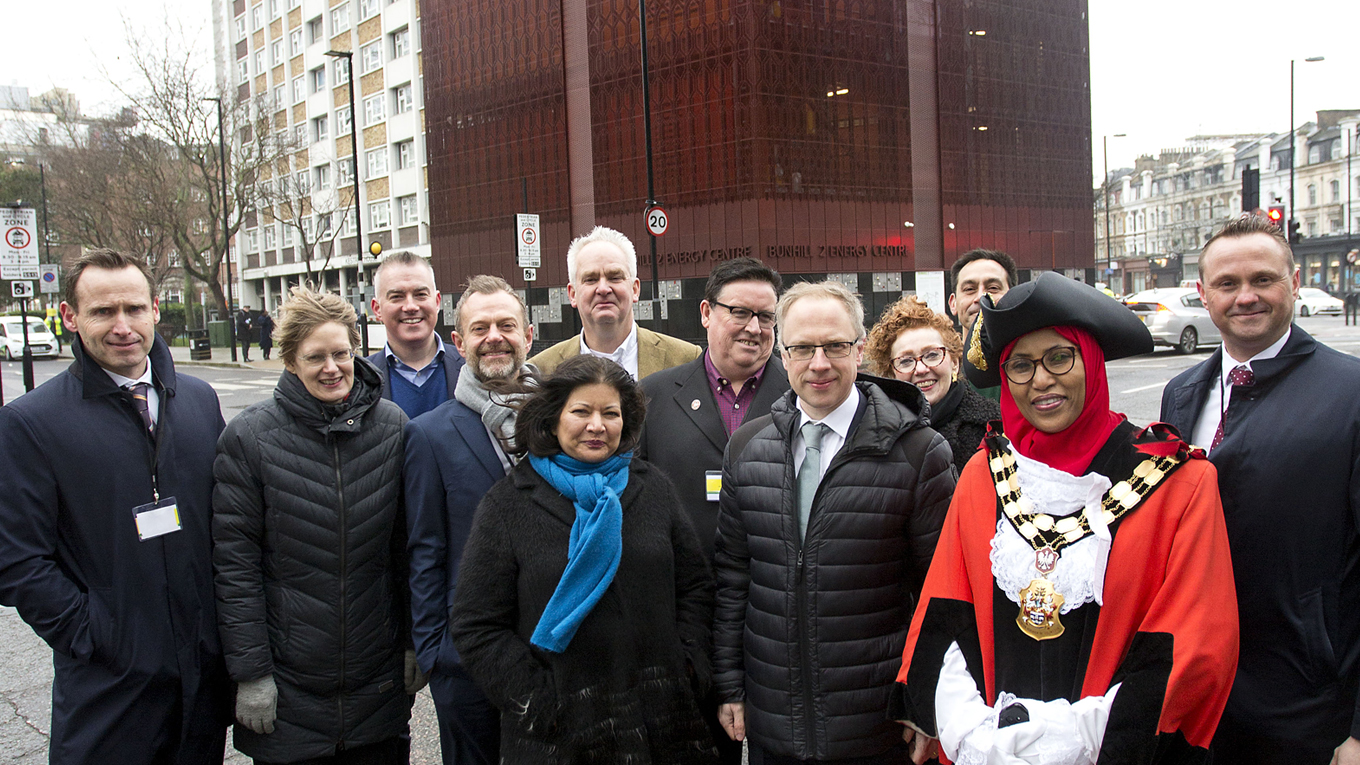Colloide launch ‘first of its kind’ renewable energy project - Bunhill Heat and Power Network
Recently we launched the world-first scheme, Bunhill2 Heat and Power Network. The scheme recycles waste heat from the nearby London Underground network to provide heating and hot water to more than 1,350 homes, a school and two leisure centres in Islington.
Bunhill Heat and Power Network links together the existing Bunhill phase 1 heat and power network with the new Bunhill phase 2 extension. The network is located in the London Borough of Islington’s densely populated, urban Bunhill district.
The original network, Bunhill phase 1, is powered by a Combined Heat and Power (CHP) engine at an energy centre in Central Street. This CHP engine is powered by gas and uses heat created from producing electricity to heat buildings and provide hot water. Unlike normal electricity production that wastes up to two thirds of the fuel used to make it, the waste heat the CHP generates is captured for the heat network.
The success of Bunhill phase 1 encouraged the council to extend the network. As the principal design and build contractor, Colloide were responsible for the revolutionary Bunhill 2 Energy Centre the first of its kind in the world!
The new energy centre uses state-of-the-art technology on the site of a disused Underground station that commuters have not seen for almost 100 years. The remains of the station, once known as City Road, have been transformed to house a new 500Kw ammonia heat pump driven by the heat recovery from a heat exchanger coil within a London underground shaft, recovering the warm air lost throughout the northern line tube.
In addition, the two-metre fan, installed in an existing six-storey London Underground mid-tunnel ventilation shaft, can also be reversed to help with cooling the Tube tunnels in the summer months. The utilisation of two natural gas CHP units with a combined output of 700Kw and district heat pipework of 1800m’s allows a further 550 homes and a primary school to be connected to the existing Bunhill Heat and Power district heating network which was launched in 2012.
The heating bills for council tenants connected to the network will be cut by 10 per cent compared to other communal heating systems, which themselves cost around half as much as standalone systems heating individual homes. The district heating network commits to the UK’s net zero carbon target by 2030 as it reuses heat that would otherwise be wasted; those who are connected will be helping to reduce CO2 emissions by around 500 tonnes each year.
Many major cities across the UK and around the world have underground railway systems, all of which need to vent heat to ground level, so there is a huge amount of potential for this project to be replicated across the globe.
How does the Bunhill Heat and Power Network work?
To help control the temperature on the Tube network for customers and staff, there are a series of ventilation shafts that carry hot air from the Tube tunnels up to ground level. One of these ventilation shafts is located at the corner of Moreland Street and Central Street.
Warm air created by trains and machinery in the Underground network goes up the ventilation shaft and is pushed by a fan through a machine called a heat pump. The heat pump captures heat from the warm exhausted air, via a closed loop water circuit in the ventilation shaft. This is used to heat a gas, which is then put through a compressor, converting it into a very hot liquid and making the pipes that hold it very hot as well.
These hot pipes are used to heat the water that runs in the pipes of the Bunhill Heat Network so that they can heat the buildings connected to the network. The pipe network is very well insulated to minimise the amount of heat lost on the way to the buildings.
Taking advantage of the properties of a refrigerant gas, the hot liquid in the heat pump passes through the water in the pipes and in doing so turns back into gas. The heat pump is then ready to be warmed up again by more warm air from the Tube. In addition, the fan in the ventilation shaft has the potential to be reversed in the summer to provide cooling to the Tube network, helping to make journeys more comfortable.
As the main contractor on this scheme, we are extremely proud of what we have achieved alongside our partners Islington Council and Transport for London
Wider collaboration partners: McGurk Architects | Inner Circle Consulting | AECOM | Ramboll | Gleeds | GEA Group | Danfoss | Firstco | McMahon Associates | Saker International | Wolfsystems | S&P Coil Products | CES Electrical | Grundfos | TES Group | A.J Wells & Sons | Hoval | BSS | Sondex | Logstor | Alpha Tanks | Kamstrup | Donnelly Cabins | ARC Control Systems | Hattersley | Commercial Hot Water Solutions | Trent Energy | NES Architectural | PLS Civil Engineering
Recent news on this project
- https://www.euroheat.org/knowledge-hub/bunhill-heat-power-capturing-waste-heat-london-underground/
- http://www.businesseye.co.uk/ni-firms-london-project-running-national-awards/
- https://www.newsletter.co.uk/business/sustainable-energy-project-heat-pover-1000-london-homes-2956836
- https://www.elementalexpo.com/news/heat-from-the-london-underground-is-being-recycled-for-homes-and-businesses/
Sources:
Photo credits: Cullinan Studio, Islington Council
Video credits: BBC The One Show
http://edwardcullinanarchitects.co.uk/project/bunhill-2-energy-centre


